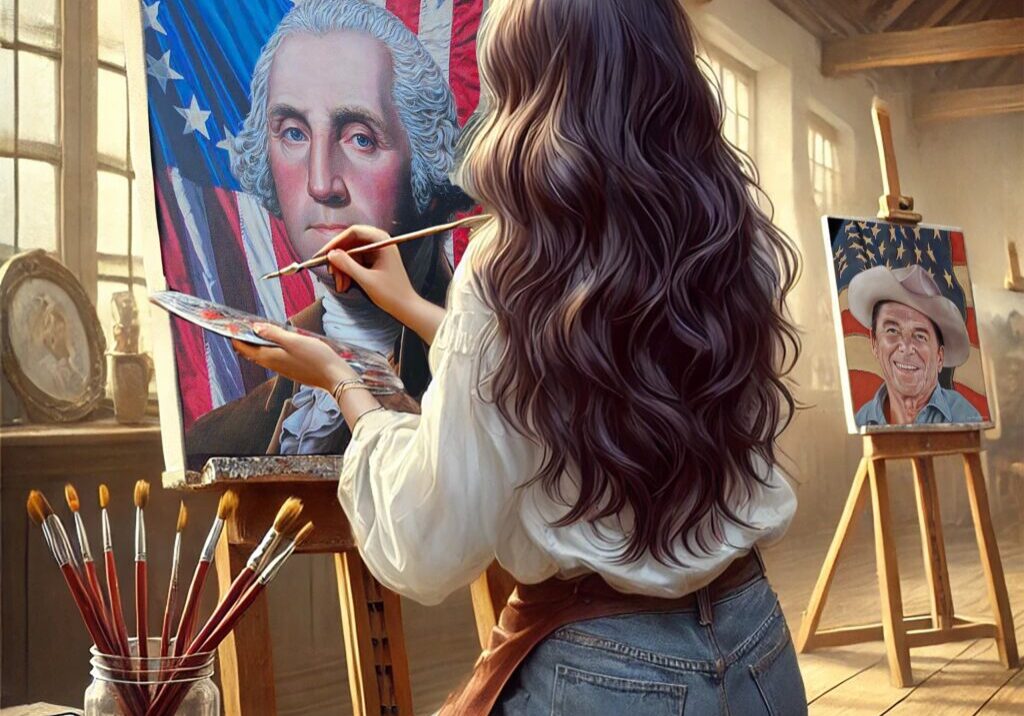
Sails, Stitches, and the Signal of Freedom: Margaret Manny at Sea and in Stitch
Long before official naval standards existed, ships in the American colonies needed to be seen. They needed symbols that could ride the wind and declare a cause. One of the earliest known artisans to answer that call was Margaret Manny, a Philadelphia upholsterer who made flags for the Pennsylvania navy during the early years of the American Revolution. Her work likely included some of the first American ensigns to fly at sea. They were not just markers. They were messages stitched into motion.
Margaret Manny is not a household name, but her legacy floats in the background of Revolutionary history like the banners she made. Working in a city that was pulsing with political change, she used her skills as a seamstress and upholsterer to contribute to the war effort. Upholstery may not sound revolutionary, but it demanded precision, strength, and artistry. It trained her hands to handle large swaths of fabric and to design for durability, scale, and balance. That experience transferred naturally to flag-making, especially for ships that would face salt spray, gusting wind, and battle. Naval flags had different needs than battlefield standards.
They had to be enormous, visible from a distance, and fastened to withstand motion. They were not just symbols of patriotism. They were tools of identification, signaling friend or foe across open waters. In some accounts, Margaret Manny created what would become one of the first Continental naval ensigns – a flag that may have featured red and white stripes, setting the tone for later national symbols. What draws me to her story is the intersection of the private and the public. Here was a woman running her business in a workshop filled with upholstery materials, turning her trade toward war. She did not march. She did not carry a musket. But her thread traveled.
It climbed masts. It caught wind. It helped ships declare who they were before a cannon ever fired. That, to me, is a painter’s metaphor – an image sewn before the action begins. In the mural, I included subtle nods to naval artistry. A ship sails across the upper border, its mast bearing a hand-painted flag. The edges of the flag are irregular. The wind catches it unevenly. A sailor looks up, and the fabric becomes more than canvas. It becomes presence.
These details echo women like Margaret Manny, who stayed in port but sent their work out to sea. Margaret’s story also reminds us that revolutions are layered. They rely not only on heroes and speeches, but on people who shape the symbols we follow.
A flagmaker at a sewing table in Philadelphia may not have heard the splash of the Delaware River that carried her work away. But her contribution sailed nonetheless. Her name may not be stitched into schoolbooks, but her thread pulled through the storm. Her fabric flew when it mattered. And that is what freedom often looks like – motion, message, and the hand behind the seam.

